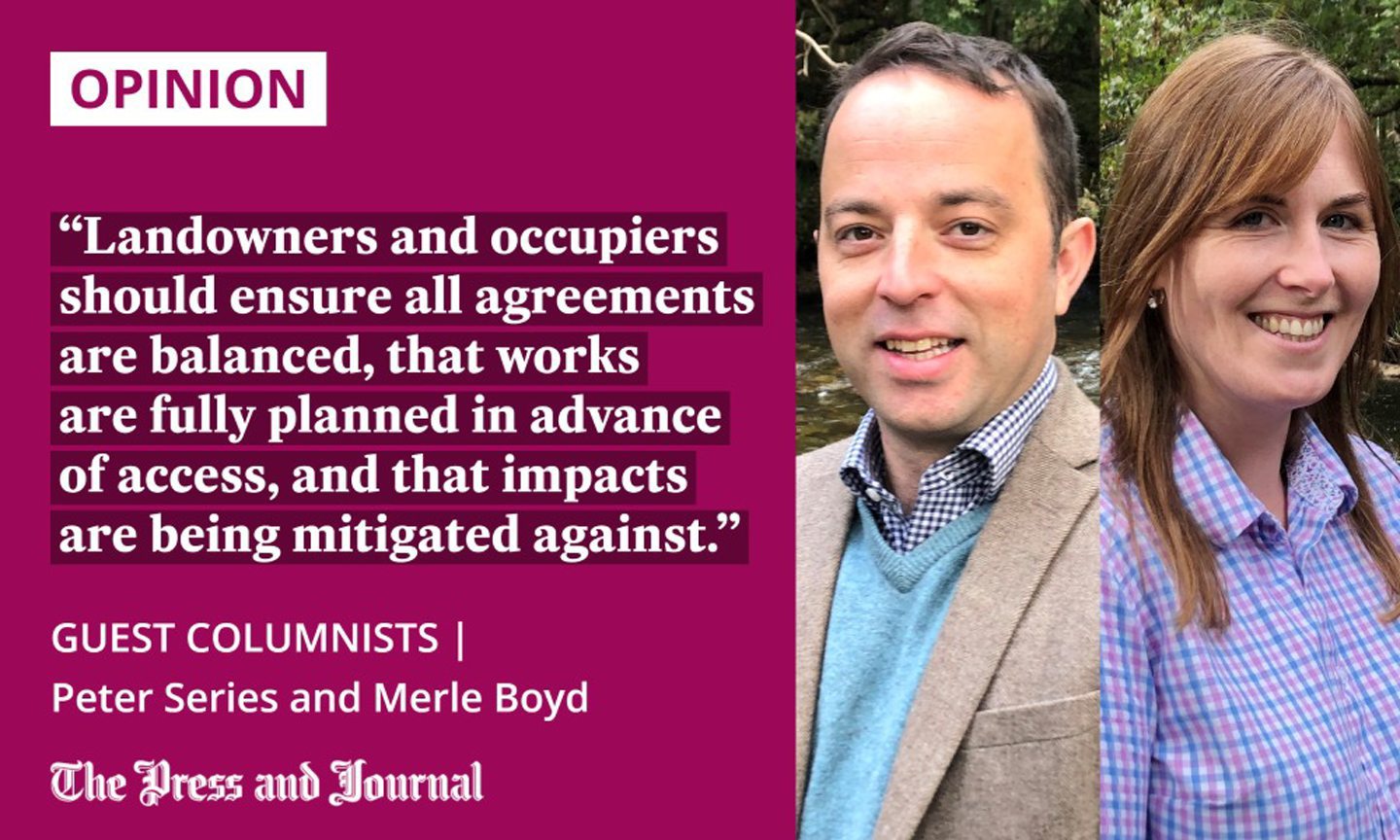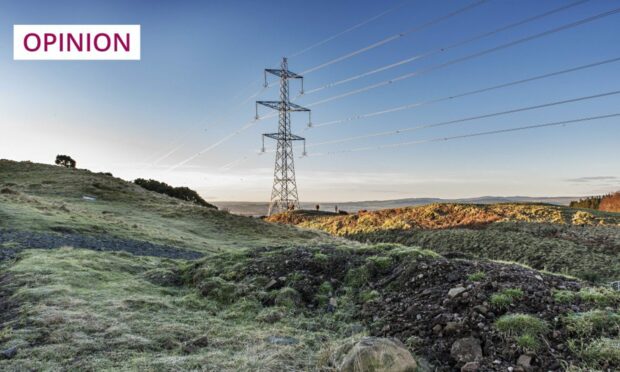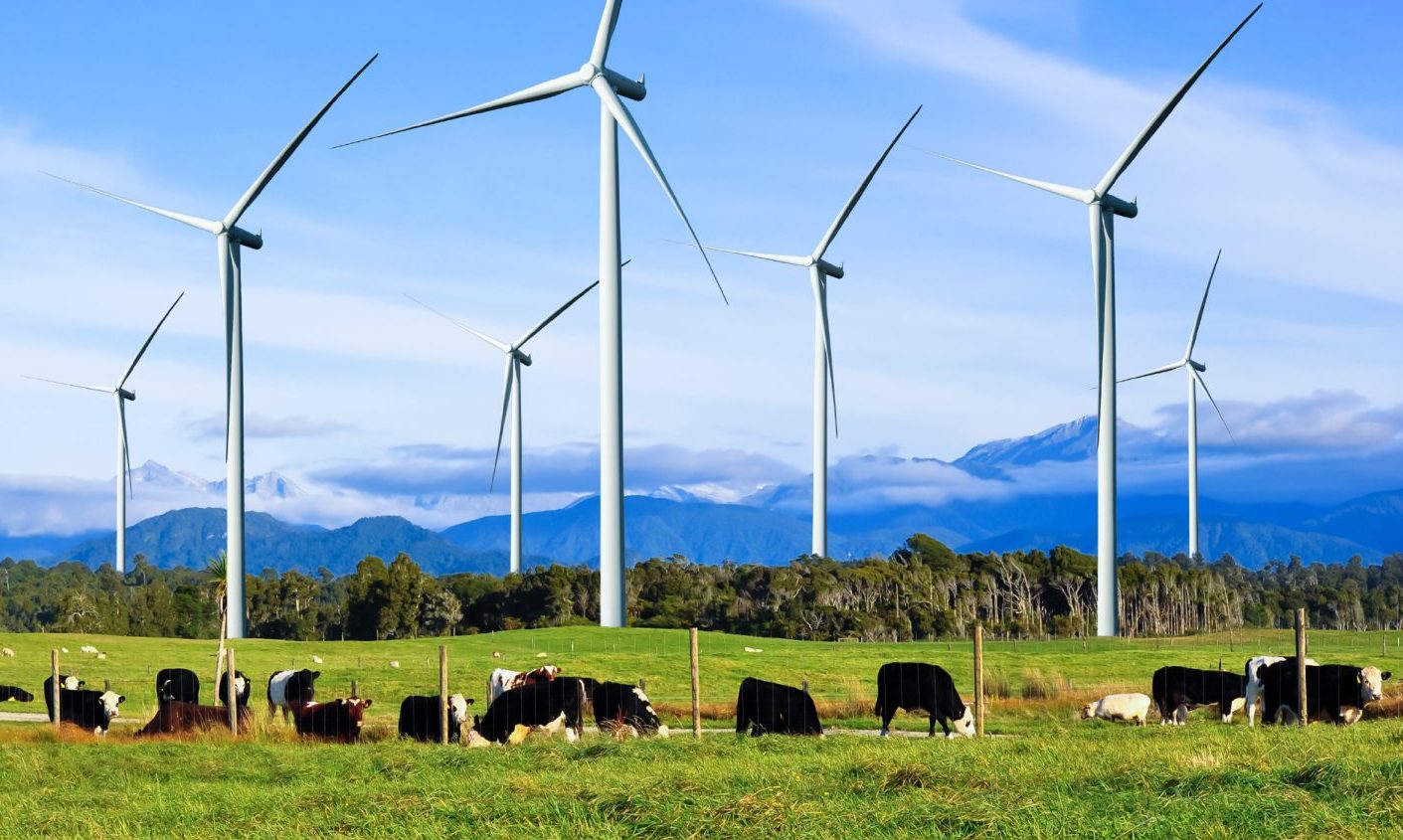Many will have noticed the surge in activity from the Scottish renewable industry over the last few years.
Advancement in technology, high energy prices and a rapidly growing realisation that energy security is vital have created the perfect renewables storm, causing what is looking to be a significant boom time for a green industrial age.
Both on and offshore wind energy developers are exceptionally active in developing new schemes, as well as a host of other technologies, such as solar, battery and hydrogen, being progressed across Scotland.

One of the key issues facing an industry based in the relatively sparsely populated north of Scotland is the export of product to distant markets in the south of Scotland and England.
Existing transmission pylons are almost all at capacity and, with an additional 25 gigawatts of offshore wind hoped to come from the ScotWind leasing rounds alone (excluding any other onshore technology), thousands of kilometres of cables and transmission pylons are required to enable developments.
Energy company SSE plans to build or upgrade several more large transmission lines across the north and north-east, and rumours of other large schemes are also being talked about.
We're building a network for #netzero.
We're investing significantly in both the @ssetransmission and @ssencommunity electricity networks to ensure they're able to support the growth in renewable and low-carbon generation.
Check out our plans for our transmission network ⚡ ⬇️
— SSE Plc (@SSE) October 3, 2022
In addition to this, private developers are seeking rights for cable routes across significant tracts of the countryside, to get from renewable developments to substations. This is fantastic news for the industry – however, a linear infrastructure project requires numerous land agreements to enable it.
Whilst both SSE and private developers often seek access rights from landowners by voluntary agreement, statutory powers can be used, either in full force or as an incentive to push deals on.
Developers must take responsibility for their actions
On top of the commerciality of rights required, full consideration needs to be given to the potential impacts of the “scheme” on land and property which is being crossed. Impacts on capital value, loss of crop, access roads, and biosecurity are all key issues which, if not considered carefully with the right professional advice, can lead to significant and potentially long-term impacts on land.
Undergrounding can significantly reduce the visual impacts of pylons. However, drainage and soil impacts, especially in arable areas, then multiply exponentially.
If claims or reinstatement are required, it is important to have a clear path to recourse, to save confrontation
It can sometimes seem easy to provide access on an informal basis for ground investigations, but payments and, importantly, where liability rests can often be clearer if a simple, legally binding agreement is signed. This should ensure developers take responsibilities for their actions, especially if works start to go wrong.
If claims or reinstatement are required, it is important to have a clear path to recourse, to save confrontation and, potentially, expensive damages actions.
Landowners, know your rights
The boom in the industry will no doubt have major positive impacts on the region, including much-needed, well-paid jobs. Still, for those being approached to facilitate infrastructure, we would advise not to throw caution to the wind.
Landowners and occupiers should ensure all agreements are balanced, that works are fully planned in advance of access, and that impacts are being mitigated against.
Compensation should be considered before agreements are signed off, and strategic consideration given to other land uses, including development. Developers should be willing to meet full costs for professional advice for this.
Terra Magna is holding an open evening for all landowners and occupiers who may be impacted by the proposed Beauly, Blackhillock, New Deer, Peterhead 400kV transmission line. This will take place on October 19 at the New Deer Village hall, from 6pm onwards, followed by a number of events across the route of the line.
A presentation discussing landowners’ rights, access and compensation will be given, with by a Q&A session afterwards. If you would like to attend, you can email avril@terramagna.land to confirm name and numbers.
Peter Series MRICS and Merle Boyd MRICS are directors of Terra Magna Ltd


Conversation